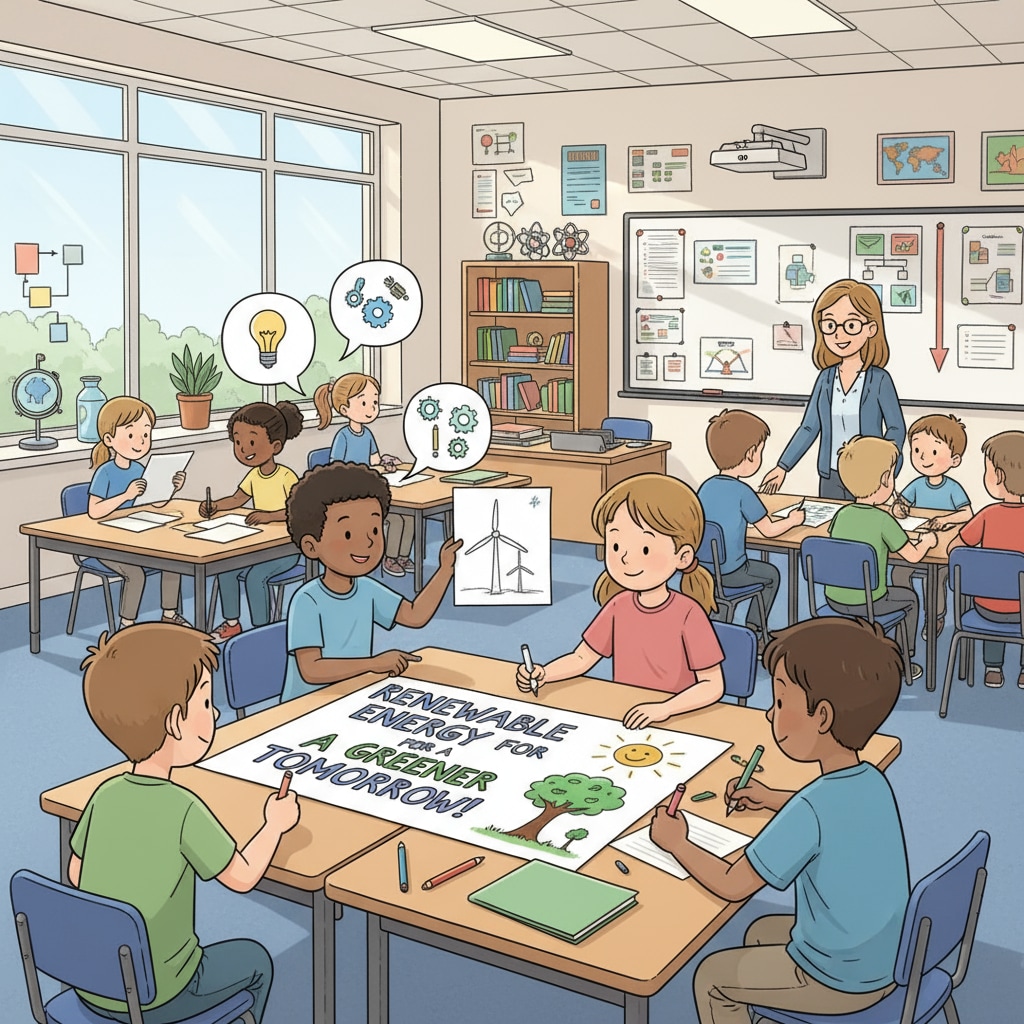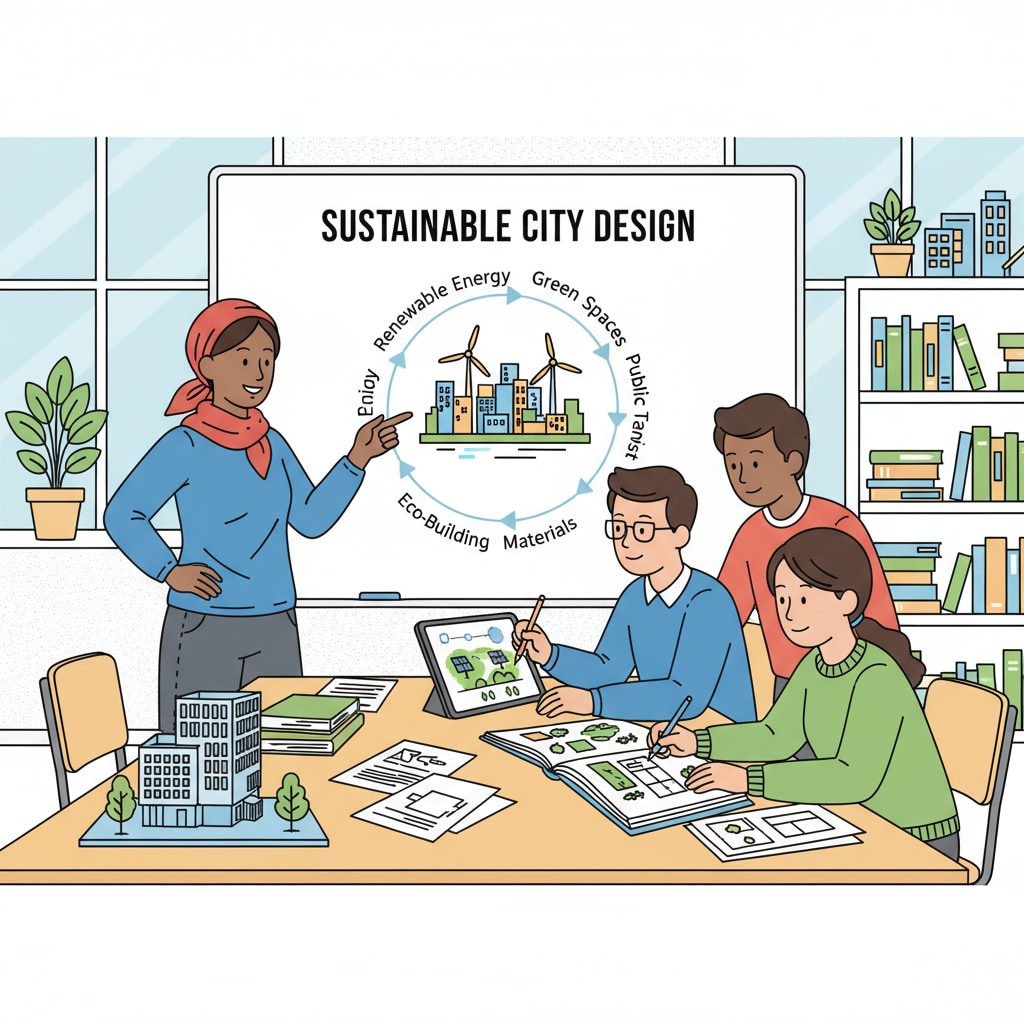In the realm of K12 education, the search for alternatives to traditional homework has led to the exploration of innovative strategies like project – based learning and flipped classrooms. These approaches are revolutionizing the way students learn, aiming to alleviate the burden of excessive homework while maximizing learning potential.

For decades, traditional homework has been a staple in education. However, it often comes with drawbacks. Many students find themselves overwhelmed with hours of nightly assignments, which can lead to stress, burnout, and a decrease in learning motivation. This is where alternative strategies come into play.
The Rise of Project – Based Learning
Project – based learning is one of the most promising alternatives to traditional homework. It involves students working on real – world projects over an extended period. Instead of answering textbook questions at home, students are tasked with solving complex problems, conducting research, and presenting their findings. For example, students might be asked to design a sustainable city. This requires them to consider various aspects such as urban planning, environmental impact, and social needs. According to Wikipedia’s entry on project – based learning, this approach helps students develop critical thinking, teamwork, and communication skills. It also allows them to apply theoretical knowledge to practical situations, enhancing their understanding of the subject matter.

The Flipped Classroom Model
Another effective alternative is the flipped classroom model. In this model, the traditional teaching setup is reversed. Students watch video lectures or read materials at home, and class time is dedicated to discussions, problem – solving, and hands – on activities. For instance, a math teacher might record video lessons on new concepts and assign them as pre – class viewing. In class, students then work on challenging problems under the teacher’s guidance. As explained on Britannica’s page about the flipped classroom, this model encourages active learning. It gives students more control over their learning pace and allows teachers to provide more personalized instruction.
Both project – based learning and the flipped classroom model offer distinct advantages over traditional homework. They engage students more deeply in the learning process, promote self – directed learning, and prepare them for real – world challenges. By implementing these alternative strategies, educators can create a more dynamic and effective learning environment. In conclusion, the era of traditional homework as the sole means of reinforcing learning is evolving. With the emergence of innovative strategies like project – based learning and the flipped classroom, K12 education is on the path to a more student – centered and engaging future. These homework alternatives are not just trends but essential tools for shaping well – rounded and capable learners.
Readability guidance: Short paragraphs and lists are used to summarize key points. Each H2 section has a list – like structure where possible. The proportion of passive voice and long sentences is controlled. Transition words such as ‘however’, ‘therefore’, ‘in addition’, ‘for example’, and ‘as a result’ are scattered throughout the text.


